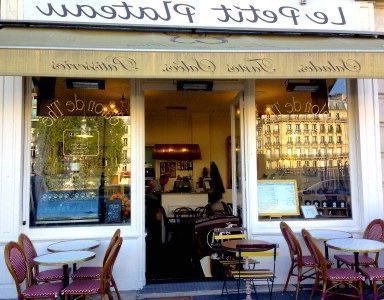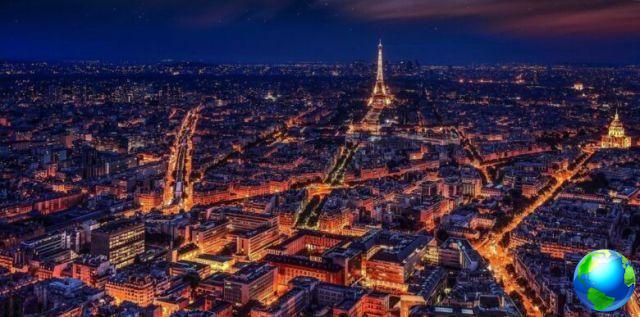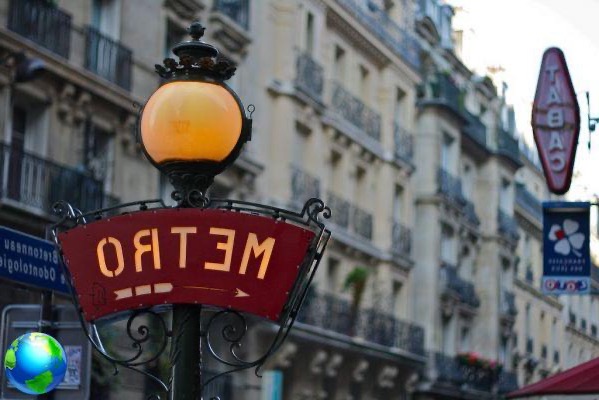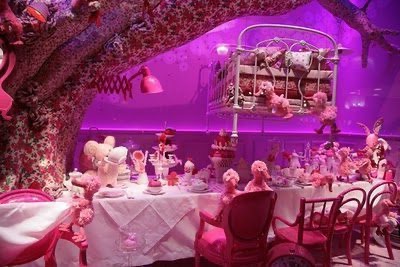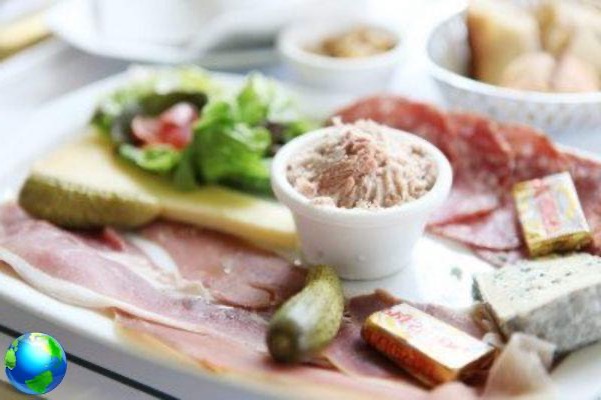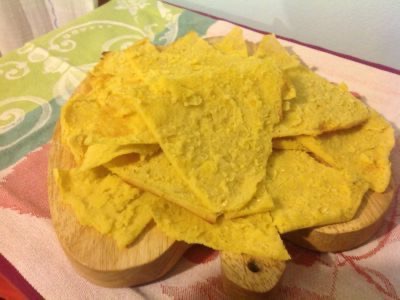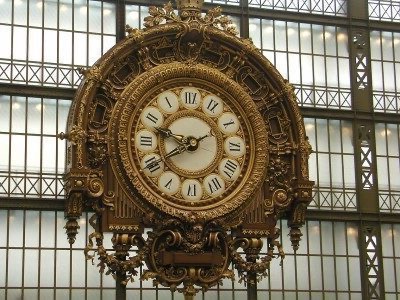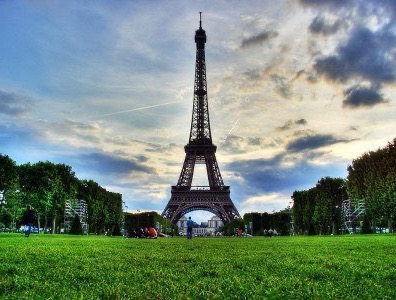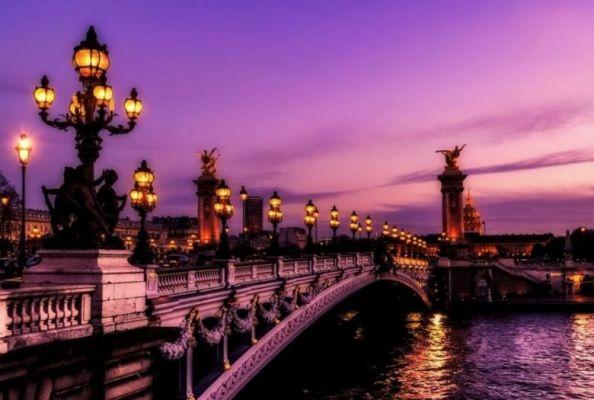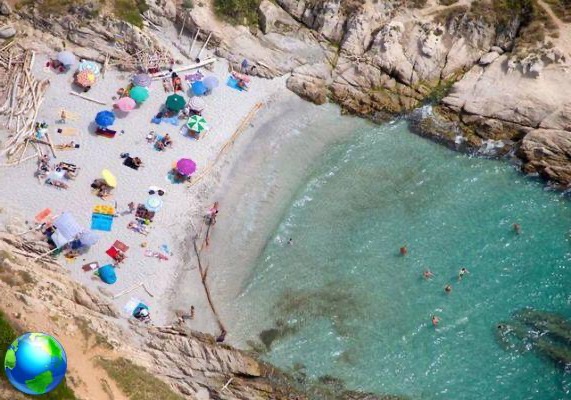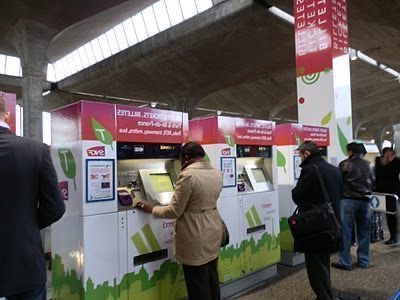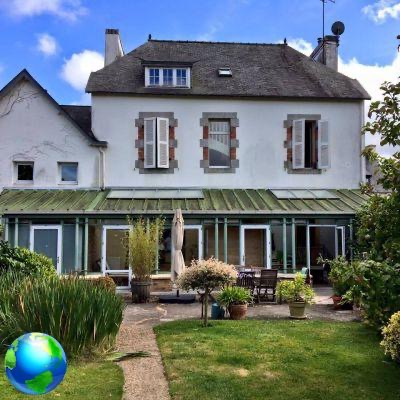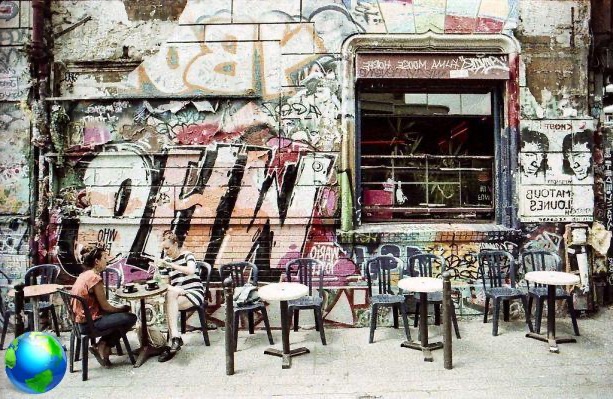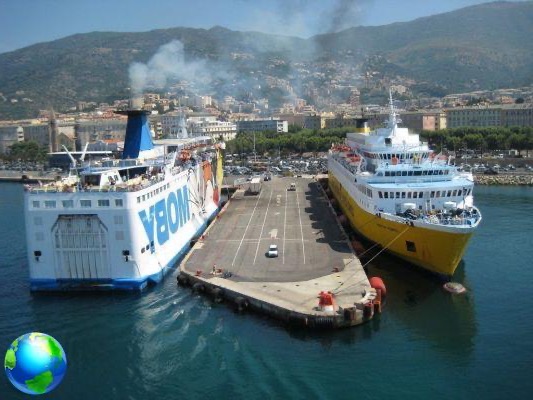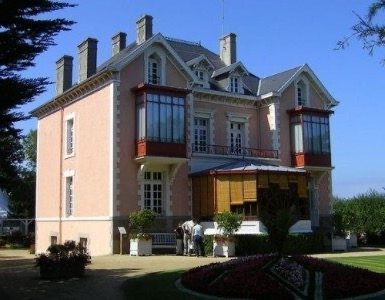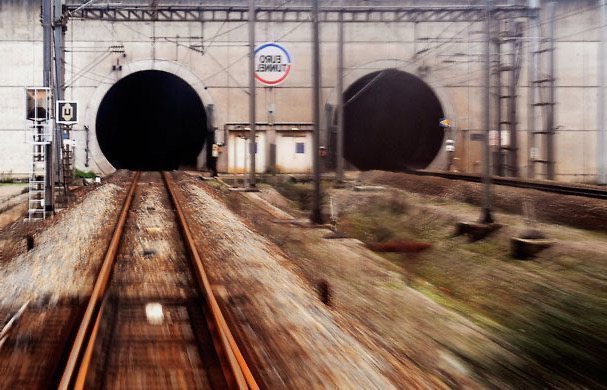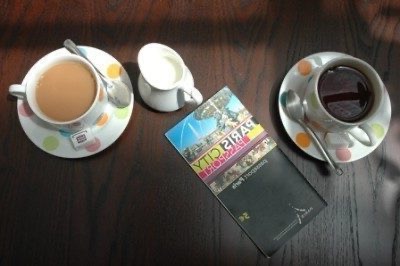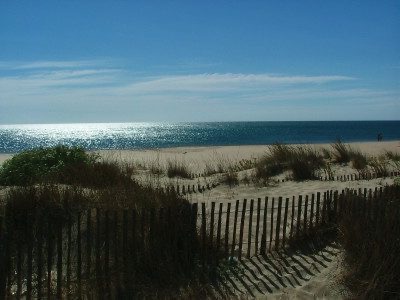
What instantly made me fall in love was the beach. 12 endless kilometers of free beach, sandy, golden, beaten by an implacable wind on the same Mediterranean on which, we of the south coast, dive gasping from the heat. This beach has not been closed or divided into establishments, it is still there, squeezed between the dune and the road, open to all and at the same time enclosed between the sea and the Etang de Thau. Equally infinite parking spaces allow bathers to access them, but I warn you, without something to shelter you from the wind, lying down to sunbathe will be at least annoying.
The city where this immense beach ends, becoming less wild and more orderly is Sète, a seaside town of the French Languedoc, all to be discovered. Sète is not very ancient, it was born in the second half of the seventeenth century at the same time as the creation of Canal du Midi, the navigable canal that crosses the south and flows into the Etang. It has spread over a promontory all thrown towards the sea and only a small strip of land keeps it attached to the mainland. Sète is crossed by canals, some large and solemn, some narrower, but all are overlooked by beautiful buildings, there are shops and restaurants, a lot of life; if this makes you think of Venice, yes, sometimes they call it that too, but the similarities end there. Since its foundation, Sète has attracted neighboring peoples and has turned into a Mediterranean and multi-ethnic city, where people of Italian and North African origin meet.
I find it fascinating every time I return, especially because it has two souls, neither of which prevails. Towards the sea it is 100% maritime, with an imposing Corniche, a large port, good cuisine made up of typically marine dishes. The local specialty, which is sold in many shops is the the road, a savory pie of octopus and tomato sauce, spicy but delicious. For the rest you can eat mussels, oysters, but also the macaronade, served with sausages and pork.
The other side of Sète is the Etang, a large mirror of swampy origin, with waterfowl, fishermen but also wineries in abundance producing fabulous muscat. On this side the environment is agricultural, so that moving on both sides of the area you have a completely different perception of the environment. Sète is also extremely lively, because it is an inhabited and lived-in city, not just a vacation spot.
In the summer, activities intensify and there are music festivals from June to September, of excellent quality. If you happen to be there in August you will experience the frenzy of Saint Louis, the feast dedicated to the patron saint of the city (San Luigi, 25 August), but which lasts six days. This year the edition no. 272 (I told you it's a tradition) takes place from 21 to 26 August. Steps are mounted on the Canal Royal to allow the public to admire the city teams that face each other in tournaments aboard special boats. On the two boats you challenge each other with a long pole and the aim is to throw the opponent into the water, the clashes are numerous, very much felt by the local population and greatly admired by tourists.
The Saint Louis is also an opportunity to set up exhibitions and collateral events that branch off from the Canal Royal throughout the city.
As for accommodation, equipped campers and minibuses flock to the parking lots behind the beach, without anyone taking them away: 12 kilometers of free camping! But I found hospitality in a camping à la ferme, on the Etang de Thau side. In the high season it can be difficult to find a room.




